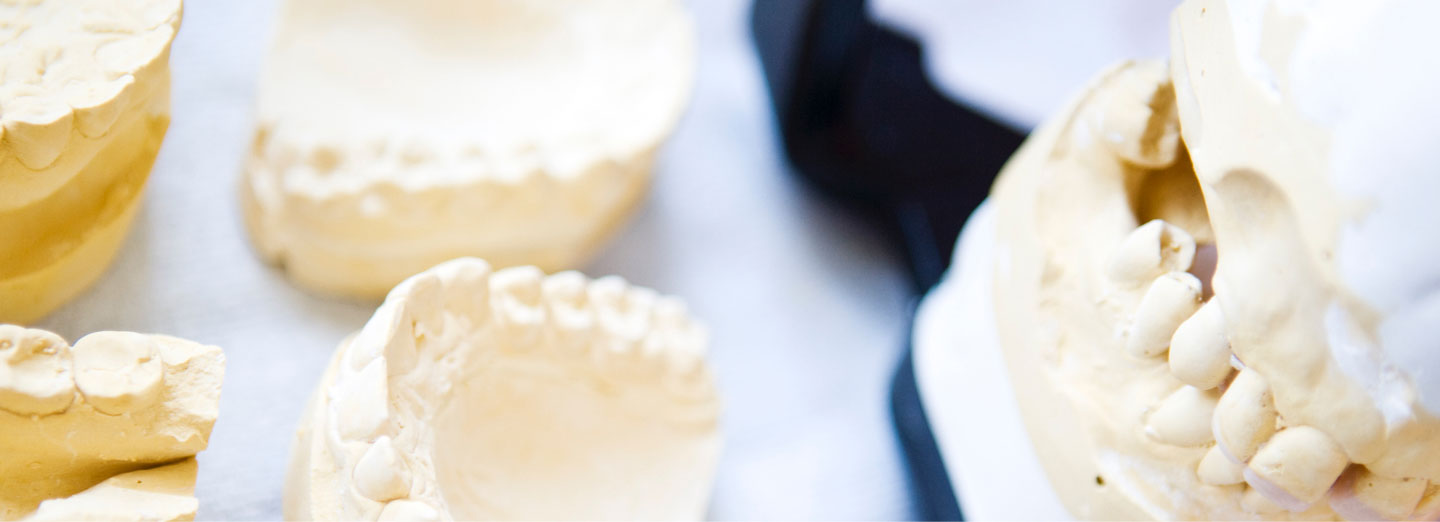05/12/2019
The difference between porcelain veneers and composite bonding
Veneers and composite bonding are both methods of improving the appearance of teeth, but each has its advantages and disadvantages.
Porcelain Veneers
- A veneer is made of a thin layer of ceramic material (porcelain) that fits over a tooth to improve the size, shape and colour, hiding cracks and discolouration.
- Veneers usually only cover the front and sometimes the bite of a tooth.
- Some tooth must be removed before a veneer can be fitted.
- They may be fitted to a single tooth or several teeth, usually applied to the front teeth to improve the smile.
- It’s a very flexible approach to improving appearance. Tooth whitening can only alter the colour of teeth whereas veneers can improve shape, alignment, close small gaps, cover chips, cover damage due to teeth-grinding.
- They require less removal of tooth structure than crowns. If the back of the tooth is okay but the front needs to look better, a veneer is a good solution. If the back of the tooth is also damaged, then a crown is usually the better plan.
- Porcelain veneers are made in a dental laboratory by a technician. They require removal of a thin layer of enamel which can leave the patient with some sensitivity.
- Because the removal of teeth structure is irreversible, they are a permanent choice. You will be unable to go without them in future and are often the first step toward more invasive dental treatment. You are more likely to need a crown later.
Composite bonding
- An alternative to veneers using tooth-coloured filling materials which can be bonded over the whole tooth or on worn biting edges of teeth and in-between to fill gaps and alter shape.
- Used to repair chips, cracks and improve colour, contour and shape.
- There is little or no tooth structure removed unlike with veneers where more enamel is removed.
- Can often be fitted by a dentist on the same day.
- The dentist chooses from a palette of composite resins to match the patient’s teeth. Resin is applied to the teeth, then shaped and smoothed. Once shaped, the resin is hardened with a special light.
- Composite resins can stain and chip, but the chips can usually be repaired relatively easily and without further loss of tooth structure.
- It doesn’t last as long as veneers – up to 10 years – depending on how well you look after them. Coffee, red wine and tobacco will stain them. Tooth grinding will wear them down.
Veneers and composite bonding are more suitable for patients looking for mainly cosmetic improvement. When choosing which approach is most suitable for you, we will advise what’s best for your overall circumstances, taking into account what you’d like from your teeth, budget and lifestyle.

